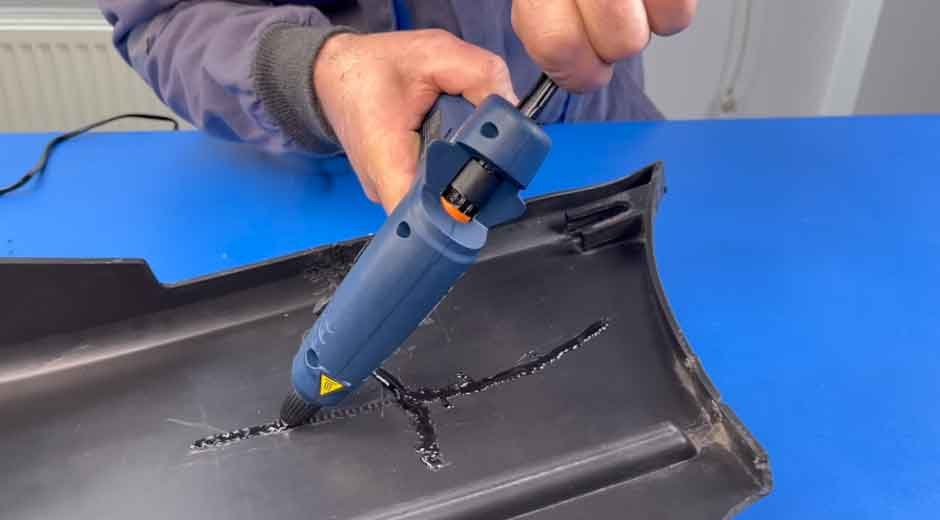If you’re working on a plastic product, joining the parts the right way is just as important as getting the shape or size right. The whole thing has to hold up, look neat, and work as planned. That all comes down to how you bring the pieces together.
One of the best ways to do that is through plastic welding. You use heat to slightly melt the surface so the parts fuse. If you make this decision at the design stage, before the first tool touches the plastic, things tend to go a lot more smoothly. You’ll avoid extra costs later and end up with something that holds better, lasts longer, and looks cleaner.
Don’t Leave Welding for Last
This part matters more than people think. Many times, the design is done, and only then someone says, “Now let’s figure out how to weld it.” But by that time, the shape, material, and size are already locked in. That’s where things get messy. If the parts weren’t designed with the welding method in mind, you may end up reworking them—or worse, starting over. If you choose your welding method early, everything fits. It also cuts down build time and keeps things moving on schedule.
Pick the Right Way to Weld
Hot Air Welding
Think of a hair dryer, but much hotter. This tool blows hot air onto the plastic edges to soften them. Then you can press in a plastic rod to close the gap. It works best for flat shapes like panels or plastic sheeting. You’ll also see it used in large pipes.
Ultrasonic Welding
This one’s quick and clean. It uses a sound you can’t hear to shake the plastic until it melts from inside. Then the parts are pressed together. It works fast without creating a mess. This is common in electronics and medical parts where the size is small.
Spin Welding
Here, one piece spins against the other, like a bottle cap being twisted on. The friction creates heat, and once it softens, they’re pressed tightly together. It works really well for round shapes where the fit has to be exact.
Extrusion Welding
If you’re dealing with thick plastic parts, this is the one to look at. It works by squeezing hot plastic into a gap and sealing it as it cools. Big tanks, containers, or anything heavy-duty usually needs this method.
Laser Welding
In this case, a focused light beam is used to heat up and join the parts. It gives you a very clean look. But it only works if the two plastic pieces are of the same type, and in many cases, the right colour combination.
Not All Plastics Work the Same Way
Some plastics melt with little heat. Others need higher temperatures. A few may not weld well at all. Just because two plastics look alike does not mean they can be joined. Before choosing a method, make sure the materials are a safe match. This will help you avoid damage or weak results.
Good Advice Can Save You Time
Welding mistakes can be costly. If you ask for help during the early stage, you can avoid many of these problems. Some teams work with suppliers before the design is locked in. Plastral, a leading plastic supplier in Australia, helps design teams find the right plastic and the best welding option for the job. Getting the right advice early can keep your project on track.
Summary
When you choose the right plastic welding method at the start, your project runs more smoothly. The parts fit better, the product stays strong, and the process is more efficient. If you are not sure what to choose, speak to someone with experience, like the Plastral team. A simple talk with the right person can make your design stronger, cleaner, and easier to build.





